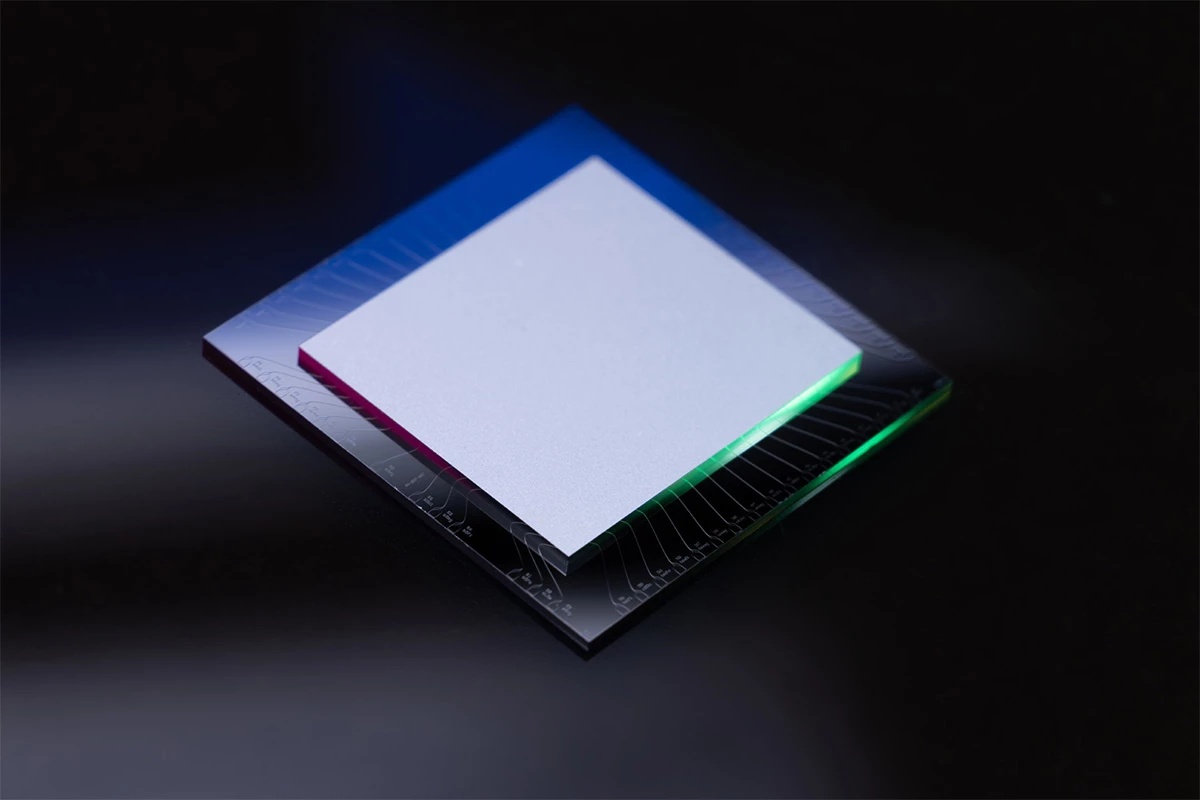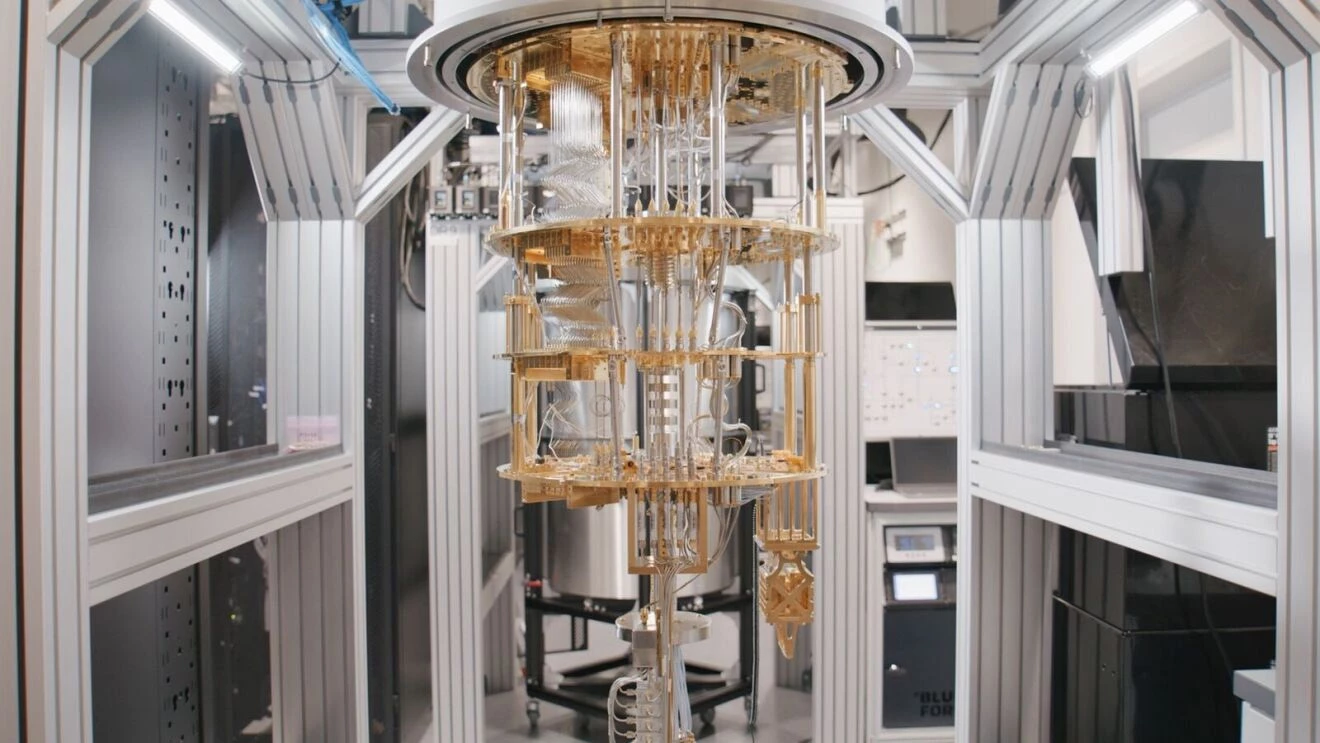Following the release of Microsoft's latest quantum computing chip last week, Amazon has unveiled its first one today, after four years in the making.
It's called Ocelot – because it's got 'cat qubits' inside – and it's said to be significantly more efficient at error correction.
That's a big deal with quantum computing, because it holds back the existing machines we have today from making themselves useful in reliably solving complex calculations – and makes the chips expensive to produce.
Amazon's approach involves using what are called cat qubits, named after the famous Schrödinger's cat thought experiment in which a cat in a box that's not visible from outside can be considered dead and alive simultaneously.

The idea is that these qubits use quantum states that act somewhat like classical physics states (with definite size and timing) but can exist in multiple states at once, allowing them to each store one unit of quantum information.
These cat qubits are miniscule hollow structures of tantalum containing microwave radiation. They're fitted onto a silicon chip, alongside other qubits made from superconducting material. On the Ocelot chip, five cat qubits store information, while another 10 qubits stabilize and detect errors on the cat qubits.
Amazon's design simplifies error correction and requires only 1/10th as many qubits per bit of information. That should make it more efficient than Google's Willow chip from last year, which utilized 105 qubits for its error correction capabilities.
Ocelot is very much a prototype, and doesn't display significant computing chops. "We’re just getting started and we believe we have several more stages of scaling to go through," explained Oskar Painter, Amazon Web Services' director of quantum hardware. "Right now, our task is to keep innovating across the quantum computing stack, to keep examining whether we're using the right architecture, and to incorporate these learnings into our engineering efforts."

This is a vastly different approach from Microsoft's chip, which debuted last week. That one harnesses Majorana fermions to create topological qubits that are designed to store information in a way that’s inherently protected against many types of errors.
Painter also believes that Amazon's work will help bring down the cost of manufacturing future quantum chips to a fifth of current designs, and slash five years from the time it'll take before quantum computers can be used for practical applications.
A paper on the project has been published in Nature.
Source: Amazon Web Services



